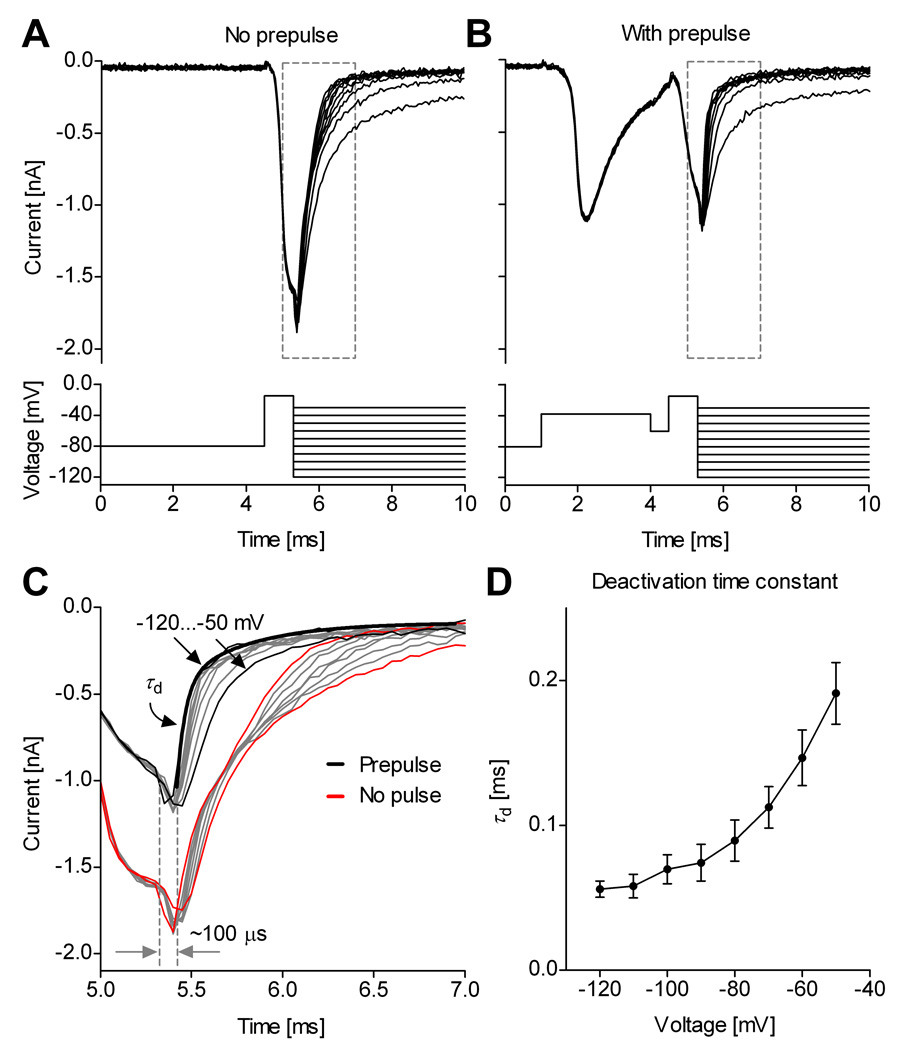Figure 8. Improved space-clamp allows quantitative measurement of deactivation.
Example of Na+ tail currents recorded in a medullary slice from a midline raphé neuron, without (A) and with (B) a voltage prepulse. C, Without prepulse, the decay of tail currents is distorted (red and gray traces); with prepulse, the tail currents decay exponentially (black and gray traces). The decay contains a fast component (τd) and a slower component. The thick black line is a two-exponential fit of the tail current at −120 mV. The tail currents respond with a relatively short lag (≈100 µs) to a step change in the command voltage. D, The fast component τd is voltage-dependent (mean values and s.d., n = 7). The traces were recorded using internal solution containing 50 mM Na+, and were leak-subtracted using the P/n protocol.

